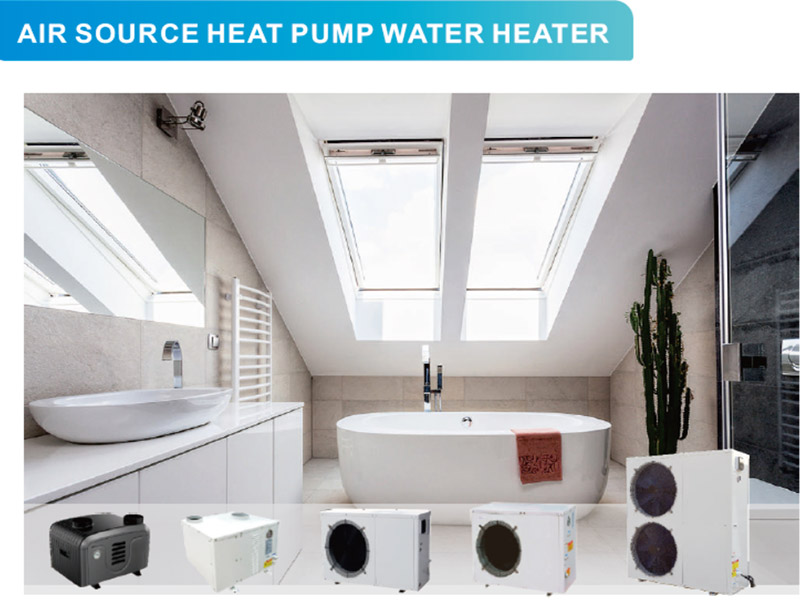
2.Desired room temperature.
The lower the room temperature, the better.
The desired room temperature is decided by the homeowner. Typically, most people want their homes to be a warm and cosy 21oC, but lower room temperatures will require less heating, so a smaller size heat pump can be used in your house.
The difference between outdoor and indoor temperatures can then be used to find out the total heat loss from a property.
3.Flow temperature
The smaller the heat loss, the smaller the size heat pump required. Similarly, the larger the radiators, the lower the flow temperature.
The flow temperature is simply the temperature water needs to be circulating around the radiators in your home to meet the desired room temperature.
This is affected by the size of your radiators (and underfloor heating if you have it) and the level of home insulation. If the radiators are too small, the flow temperature will need to be higher to meet the desired room temperature. Similarly, the better the insulation, the slower heat can dissipate outside, and the less heating is required to meet your indoor design temperature.
Once all these factors are established, the heat pump is sized to match both the heat demand (which is taken from the EPC) and the property’s heat loss. As a rule of thumb, a well-insulated house requires 1 kilowatt of heat for every 25m2 to be heated, whereas a poorly insulated house will heat only 10m2. You can use this to figure out what size heat pump your home should need, although naturally there are several other variables that need to be considered that may also influence the size of heat pump.
Remark:
Some of the articles are taken from the Internet. If there is any infringement, please contact us to delete it. If you’re interesting in heat pump products,please feel free to contact OSB heat pump.

